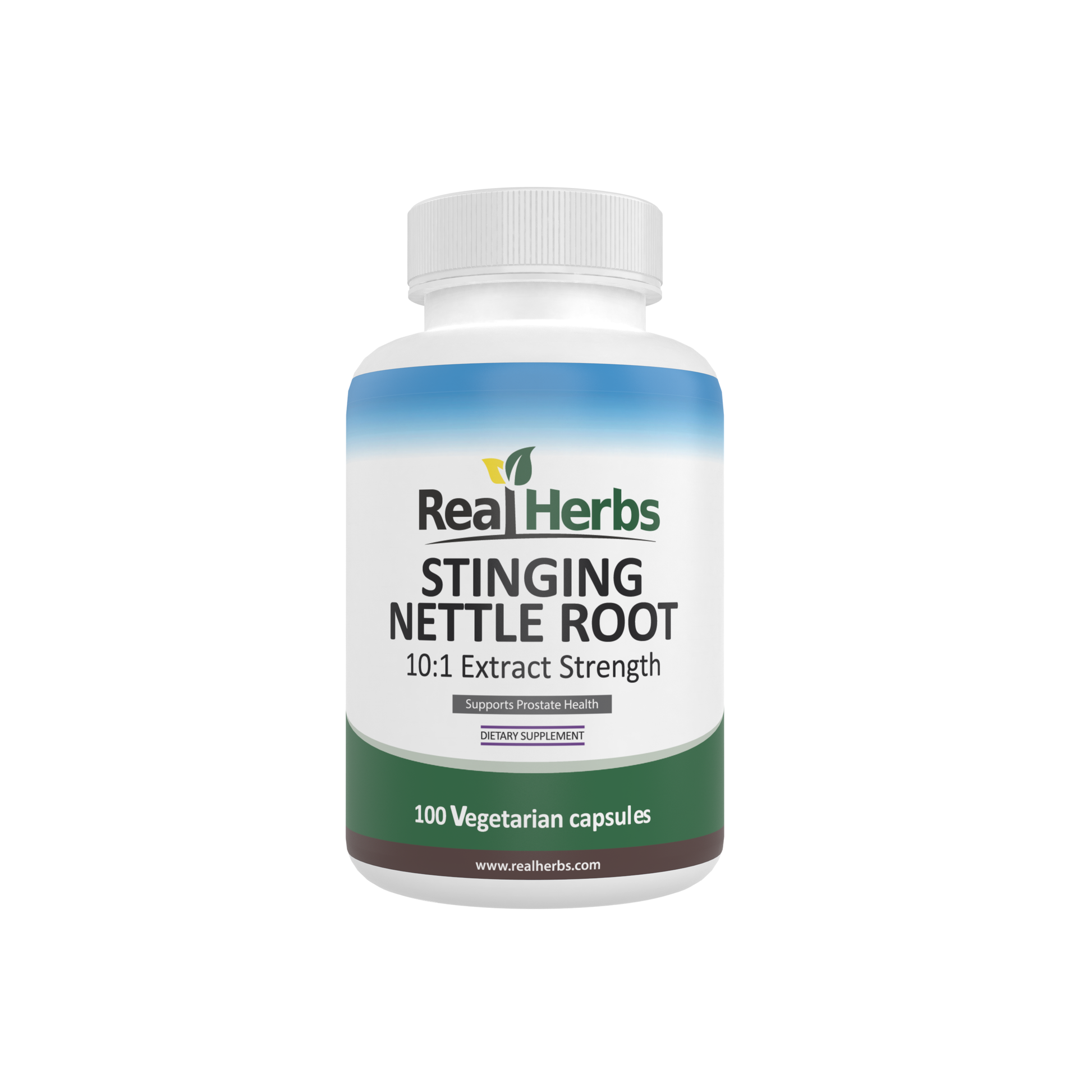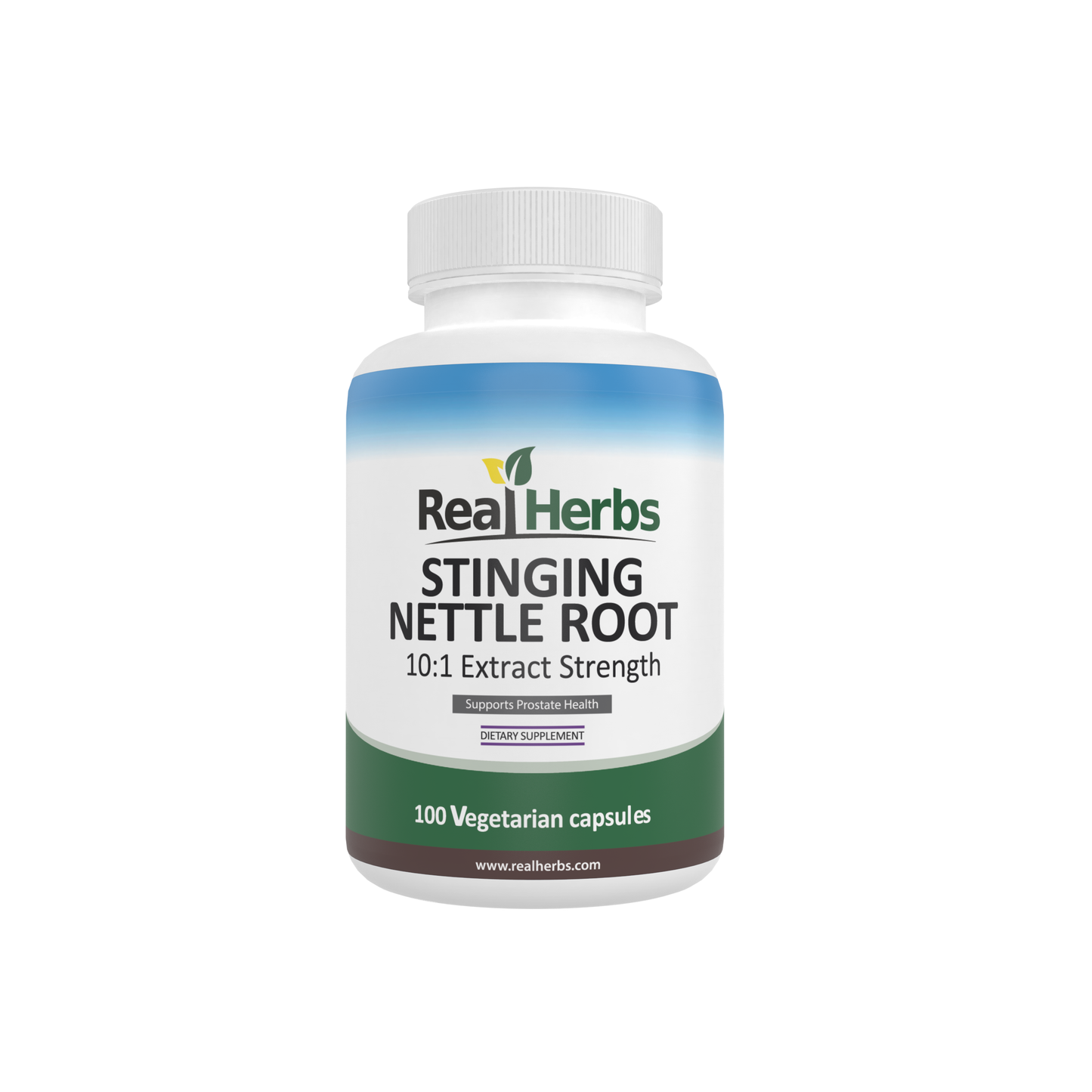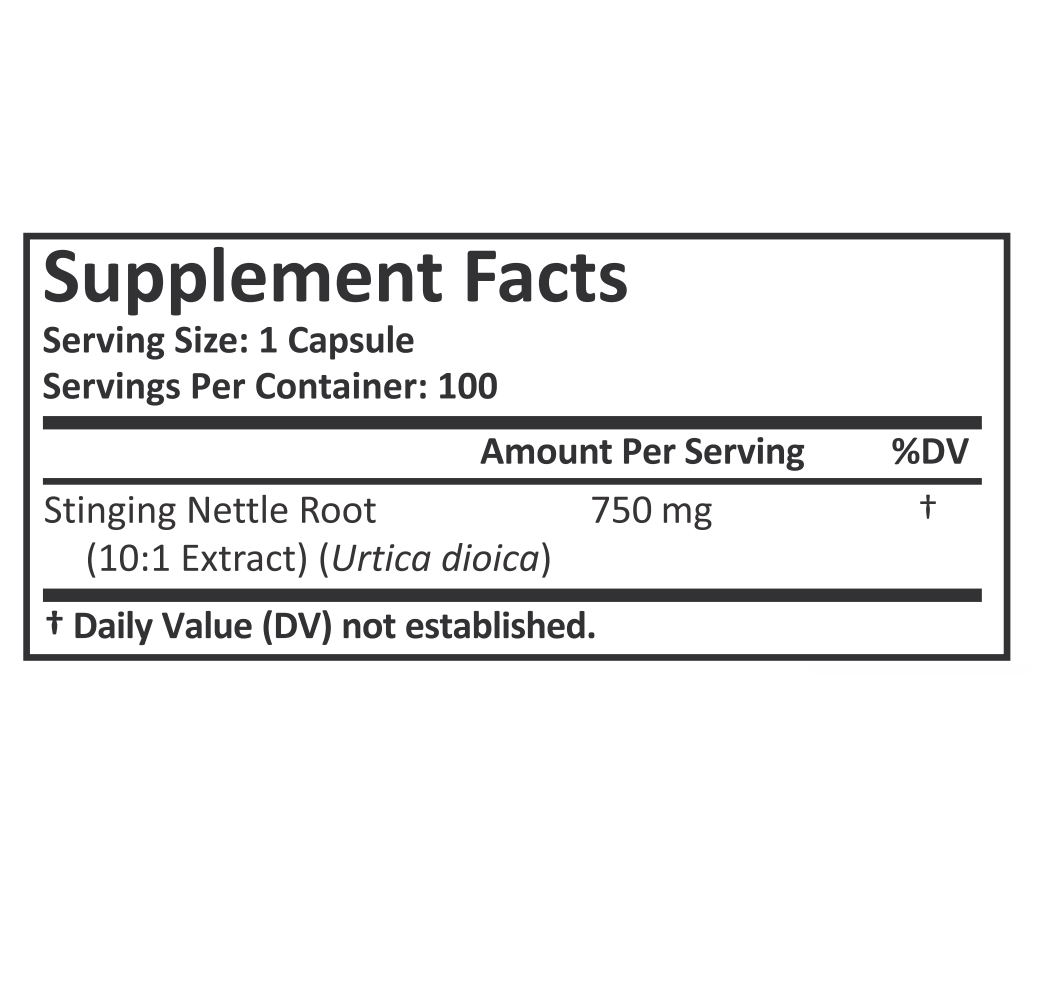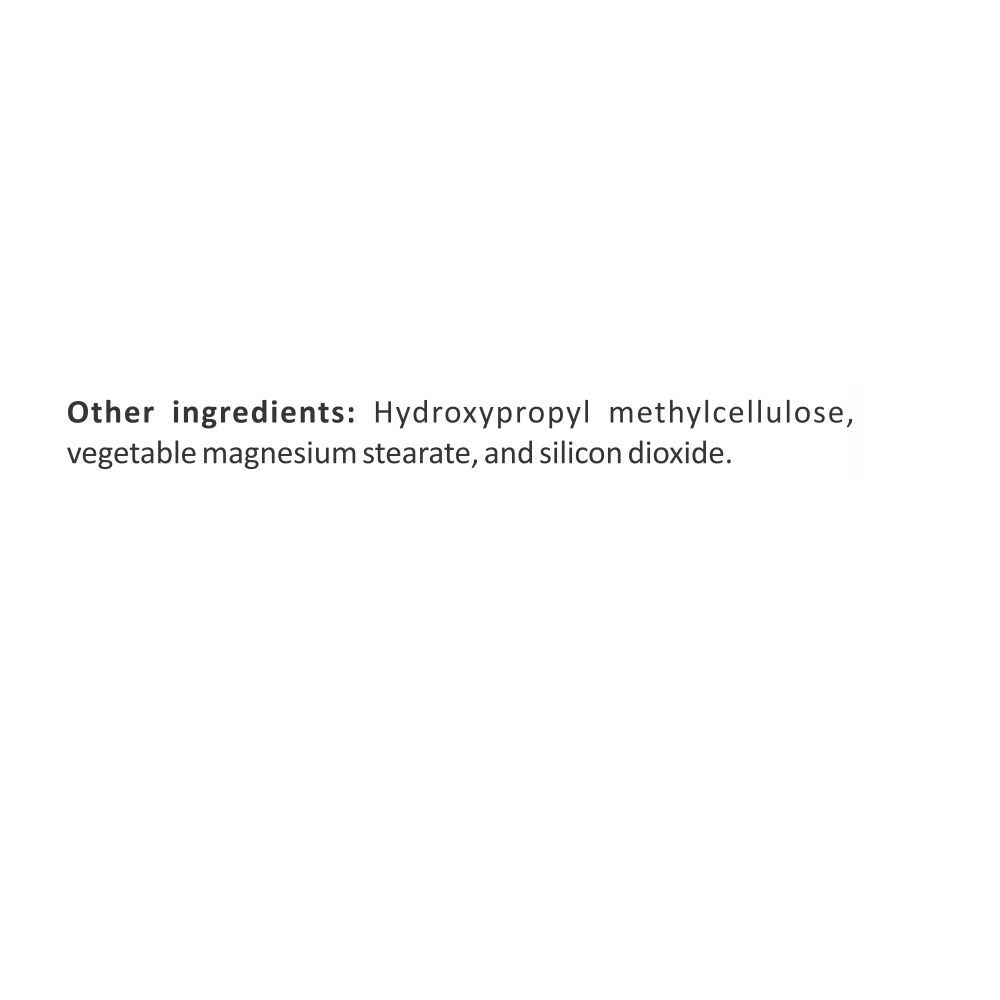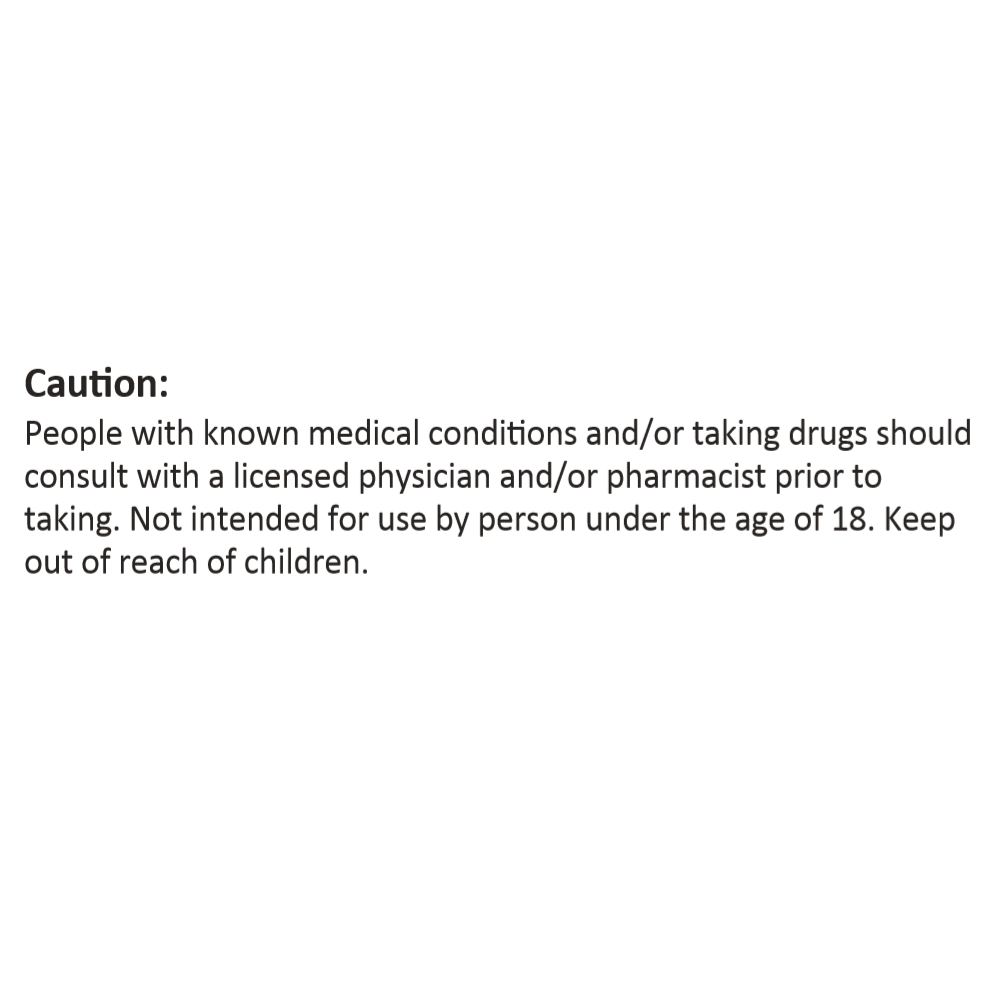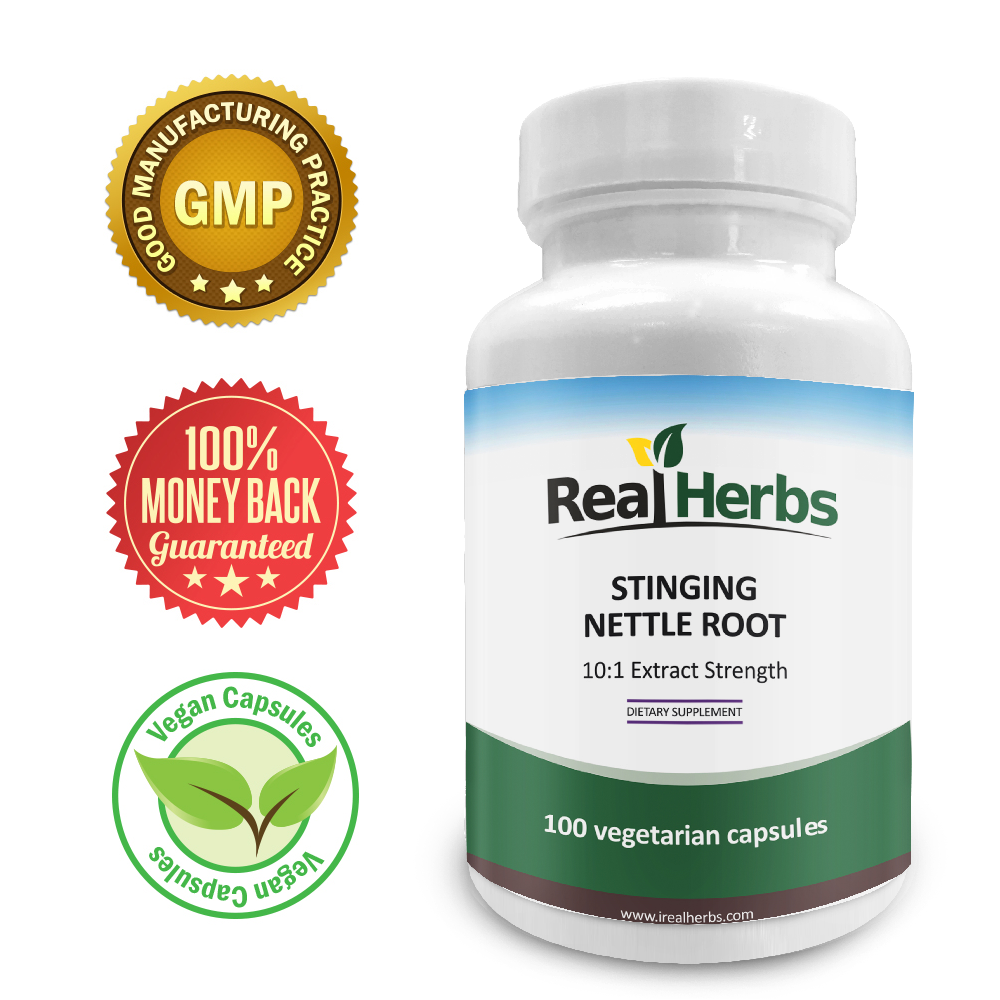Millions of people all around the world suffer from gout, a kind of arthritis. It results in inflammation, discomfort, and stiffness in the joints because of the buildup of uric acid crystals. The big toe, ankle, knee, and wrist are the joints that are most frequently impacted. Gout symptoms can be quite incapacitating, making it challenging to carry out regular tasks. Intense joint pain, redness, and swelling are typical signs. Even the weight of a bedsheet may be too much to bear due to the pain. These flare-ups can occur repeatedly and continue for days or even weeks.
Non-steroidal anti-inflammatory medicines (NSAIDs) and colchicine have historically been used to treat gout, although they can have negative side effects and aren't always successful. In order to treat their gout symptoms, more patients are turning to natural options. One such substitute that has been traditionally used to treat the signs and symptoms of gout and other inflammatory disorders is stinging nettle root.
History
Traditional medicine has used stinging nettle root for many years to treat a variety of conditions, including gout. In the past, it was used to relieve joint pain and inflammation in ancient Greece and Rome.
How it works
It is believed that stinging nettle root works by preventing the enzymes that cause uric acid crystals to develop in the joints from being produced. A byproduct of the body's metabolism of purines, which are present in some meals, is uric acid. Too much uric acid can result in crystals that build up in the joints and cause gout and inflammation.
The compounds found in stinging nettle root have been shown to reduce the activity of xanthine oxidase, an enzyme that produces uric acid. Stinging nettle root can help prevent the development of crystals in the joints by reducing the amounts of uric acid in the body by blocking this enzyme.
Stinging nettle root not only reduces the production of uric acid but also reduces inflammation. This is because substances like histamine, serotonin, and leukotrienes, which aid to alleviate swelling, discomfort, and inflammation, are present. These qualities are helpful in reducing gout symptoms.
It's also important to remember that stinging nettle root has traditionally been used to support kidney and urinary tract health, which is connected to gout given that excessive uric acid levels can result in kidney damage and kidney stones.
Overall, the prevention of uric acid crystal production and the reduction of joint inflammation appear to make stinging nettle root an effective treatment for gout. It's crucial to remember that additional studies are required to completely comprehend the mechanism of action and any potential interactions with other medicines.
Studies and Results
Stinging nettle root has been used to treat gout, according to a number of studies. According to a 2000 study that appeared in the journal Phytotherapy Research, ingesting a standardized stinging nettle root extract for 12 weeks significantly reduced pain and inflammation compared to taking a placebo. 120 males with benign prostatic hyperplasia (BPH) and gout symptoms participated in the study. When compared to the placebo group, the outcomes showed that the group consuming the stinging nettle root extract had significantly fewer symptoms.
Another study that was conducted in 2011 and reported in the Journal of Ethnopharmacology revealed that ingesting stinging nettle root along with other herbs reduced the frequency of gout attacks and enhanced joint health. In the trial, 60 gout patients received a four-month regimen of stinging nettle root, willow bark, and devil's claw. As compared to the control group, the results showed that those using the herbal combination had a substantially lower frequency of gout attacks and improved joint function.
A more recent study indicated that ingesting a standardized extract of stinging nettle root for 12 weeks significantly decreased the levels of uric acid in the blood. The results were reported in Phytotherapy Research in 2012. In this trial, 300 mg of stinging nettle root extract was given daily for 12 weeks to 80 gouty and hyperuricemic individuals. The findings demonstrated that as compared to the placebo group, the group receiving the stinging nettle root extract had significantly lower blood levels of uric acid.
Overall, these studies indicate that stinging nettle root may be a potent natural treatment for gout. It may help to lessen gout-related discomfort and inflammation, as well as perhaps lower blood uric acid levels. It's important to remember that additional study is required to validate these results and establish the ideal dosage and course of treatment.
Recommended Dosage
Depending on the supplement type, stinging nettle root dosages for gout are varied. A standardized extract is typically taken 300–600 mg per day. Before using any supplement, it is always advisable to consult with a health professional.
Conclusion
Gout symptoms and other inflammation-related disorders have long been treated with stinging nettle root, a natural medicine. Its use as an efficient, side-effect-free treatment for gout is supported by studies and research findings. But before starting a treatment plan, it's always best to consult with a healthcare professional as with any supplement.
References
"Stinging Nettle Root Extract in the Treatment of Benign Prostatic Hyperplasia: A Pilot Study." Phytotherapy Research, vol. 14, no. 5, 2000, pp. 324–328., doi:10.1002/1099-1573(200009)14:5<324::AID-PTR632>3.0.CO;2-Y.
"The Use of Nettle Root (Urtica dioica) for Benign Prostatic Hyperplasia: A Review of Mechanisms and Clinical Trials." Phytotherapy Research, vol. 26, no. 4, 2012, pp. 521–528., doi:10.1002/ptr.3623.

